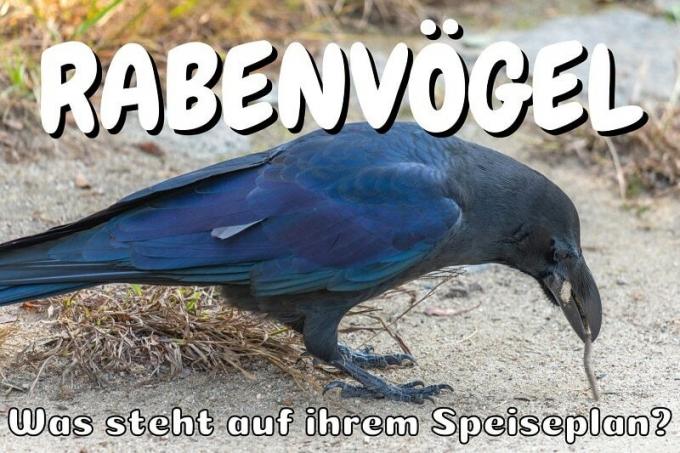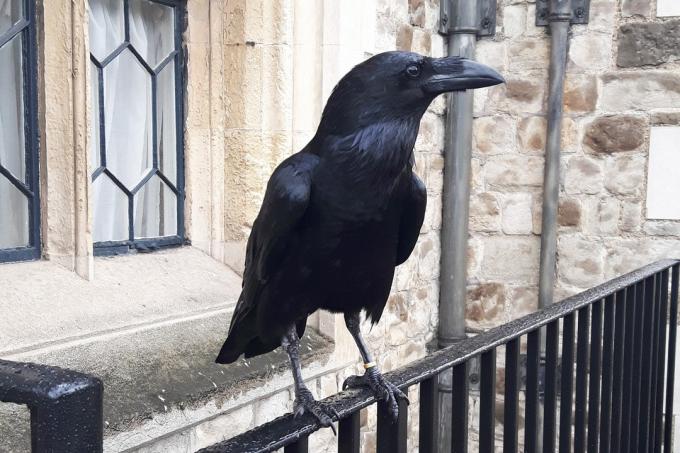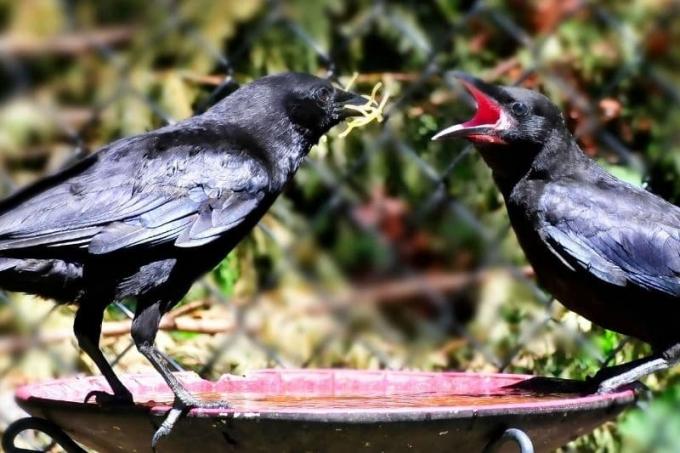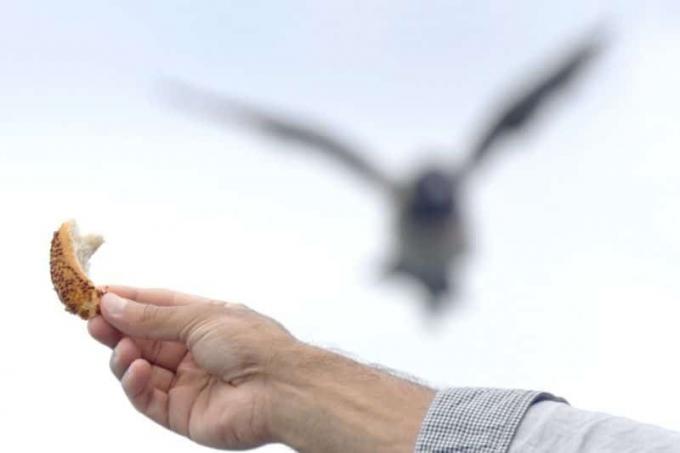
contents
- Ravens or Crows?
- Eat almost anything
- feed ravens
- Feeding Tips
- frequently asked Questions
Ravens and crows have a very varied diet. On their menu is not only plant, but also animal food. Read here what ravens and crows like to eat.
In a nutshell
- Difference between ravens and crows not very big
- belong to the omnivores
- important for the ecosystem
- Winter feeding makes sense
Ravens or Crows?
Both are black birds and difficult to tell apart. A key differentiator is the size, where Crows are significantly smaller than ravens. Both belong to the family of corvids (Corvidae). Together they form the genus Corvus.

Eat almost anything
The food spectrum of Corvids is very diverse and Consists of both animal and plant-based foods. You are among the omnivores, although the composition of the diet can vary between species. For example, the common raven is a typical carnivore and scavenger. Even if these birds not particularly popular, they are
very valuable to our ecosystem. This is how they get rid of carrion and the undigested parts in animal feces. They don't even stop at people's leftovers. However, there are other sources of their food in nature. This is how ravens and crows eat- seeds and cereals
- berries, fruits, nuts
- small insects such as caterpillars, worms and spiders
- amphibians: toads and frogs
- reptiles: lizards, smaller snakes
- small mammals: rats, shrews, mice, Rabbits
- near the coast and water: molluscs, fish, crustaceans

Animal food is particularly important when rearing young animals in the spring. The parents then feed their young mainly with worms, insects and other small animals. The corvids are also said to be partly responsible for the decimation of the native bird population, since they also sometimes roost during the breeding season fledglings and eggs wolf down. However, this proportion is relatively small. The reduction in bird species is more likely due to habitat changes and other natural enemies such as cats, marten or squirrel.
A notice: Ravens and crows tend to stock up. Excess food is divided between different hiding places. Thanks to their good memory, they can still find it under a thick blanket of snow.
feed ravens
Crows and ravens are not only happy about an additional source of food in winter, but also in summer. Feeding is allowed and also not dangerous for humans and the environment. However, the animals will then always return to the feeding station in search of food. You should consider that.

In addition to nutritious treats, drinking water should also not be forgotten. Although ravens and crows will eat just about anything, the choice of food must be done carefully. The birds like to accept the following diet:
- local berries and fruits such as grapes, pears, apples
- local vegetables: carrots, pumpkin, kohlrabi
- cracked hazelnuts, walnuts and chestnuts
- halved boiled eggs in shell
- also worms, insects
- bird fat food
- corn curd
On the other hand, the following are unsuitable for feeding:
- sausage and cheese
- pasta
- raw and cooked meat
- exotic fruits like bananas or papaya

Feeding Tips
A few things should be considered when feeding, so that ravens and crows actually get something from the additional food. For example, the food must not simply be thrown on the ground, otherwise there is a risk that rodents will be attracted:
- choose feeding places inaccessible to rodents and pigeons
- no interference from vehicles, people or pets
- look for raised places such as tables, chairs or wall ledges
- alternatively hang up wicker baskets
- best feeding time: late afternoon or just before dawn
Tip: In winter, care must be taken to ensure that vegetables and fruit with a high water content do not freeze.
frequently asked Questions
Both birds are large birds, measuring 50 to 70 centimeters in length and weighing between 700 and 1700 grams. The body is robust with a rather small head and thick neck, strong legs, long wings and a wedge-shaped tail that is quite long. The plumage is black with brilliant blue or purple tints. The long, curved beak is typical.
Ravens and crows are very site-loyal and adaptable as cultural followers of humans. They can be found in sparse forests, in agricultural and cultural landscapes, but also in towns and villages. There they are usually found in larger groups. You keep your partner for the rest of your life. The nests are built in elevated places such as treetops, rocky outcrops and also old buildings. They are cup-shaped and are made of bark, mud, branches and roots.
Life expectancy varies. In the wild, these corvids can live between 10 and 20 years. Animals kept in captivity do get older. There are specimens here that are 30 years or more.

